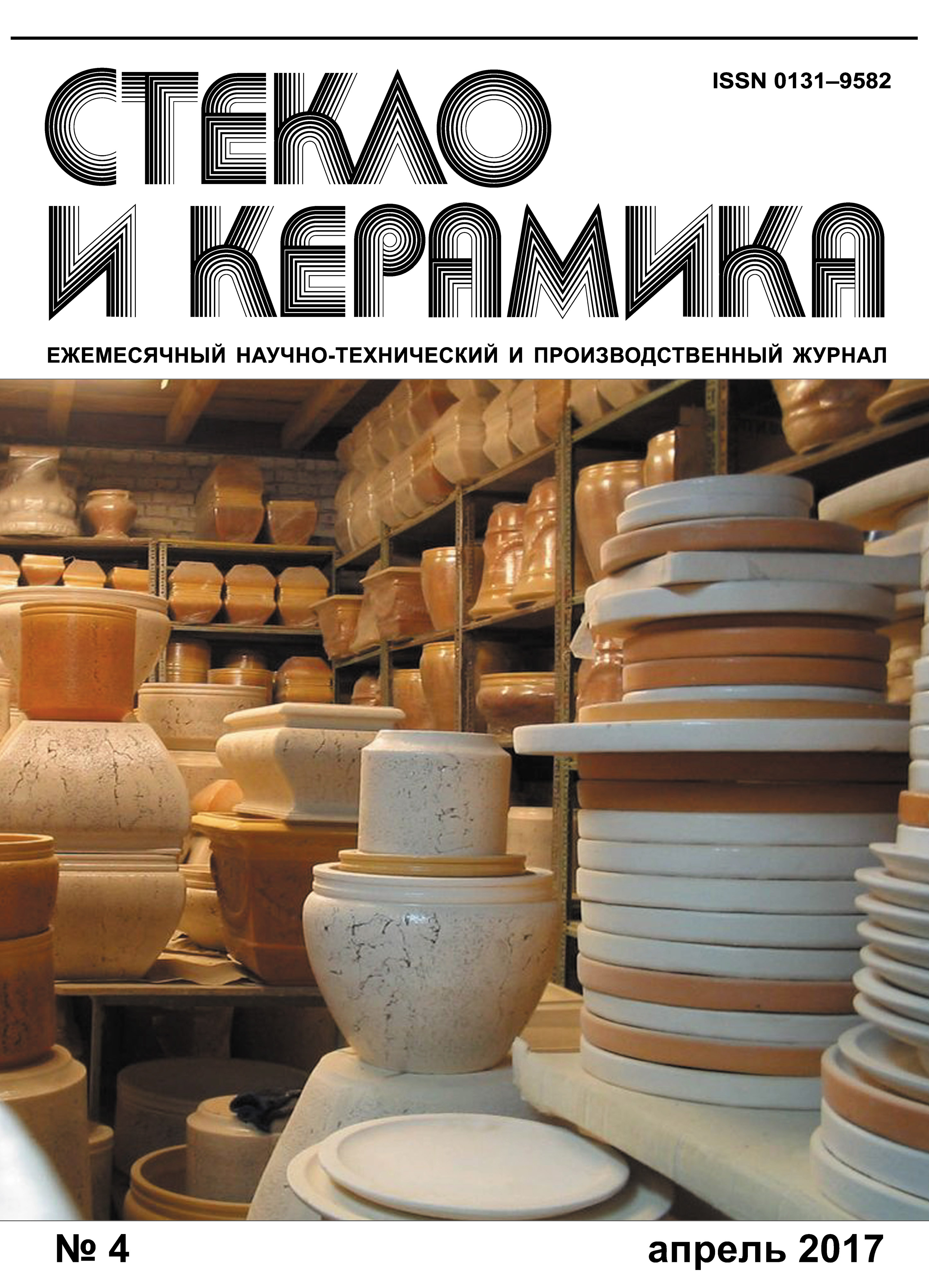A reduced prototype of a die for extrusion of ceramic bricks with the application of ultrasonic vibrations from a magnetostrictive transducer to the walls of the die was tested. Improved extruder performance. A complex improving effect on the microstructure of ceramics, drying properties, shrinkage, water absorption, density and strength has been provided, which makes it possible to reduce the requirements for clay plasticity. The test result indicates the feasibility of creating an ultrasonic die for industrial extruders.


